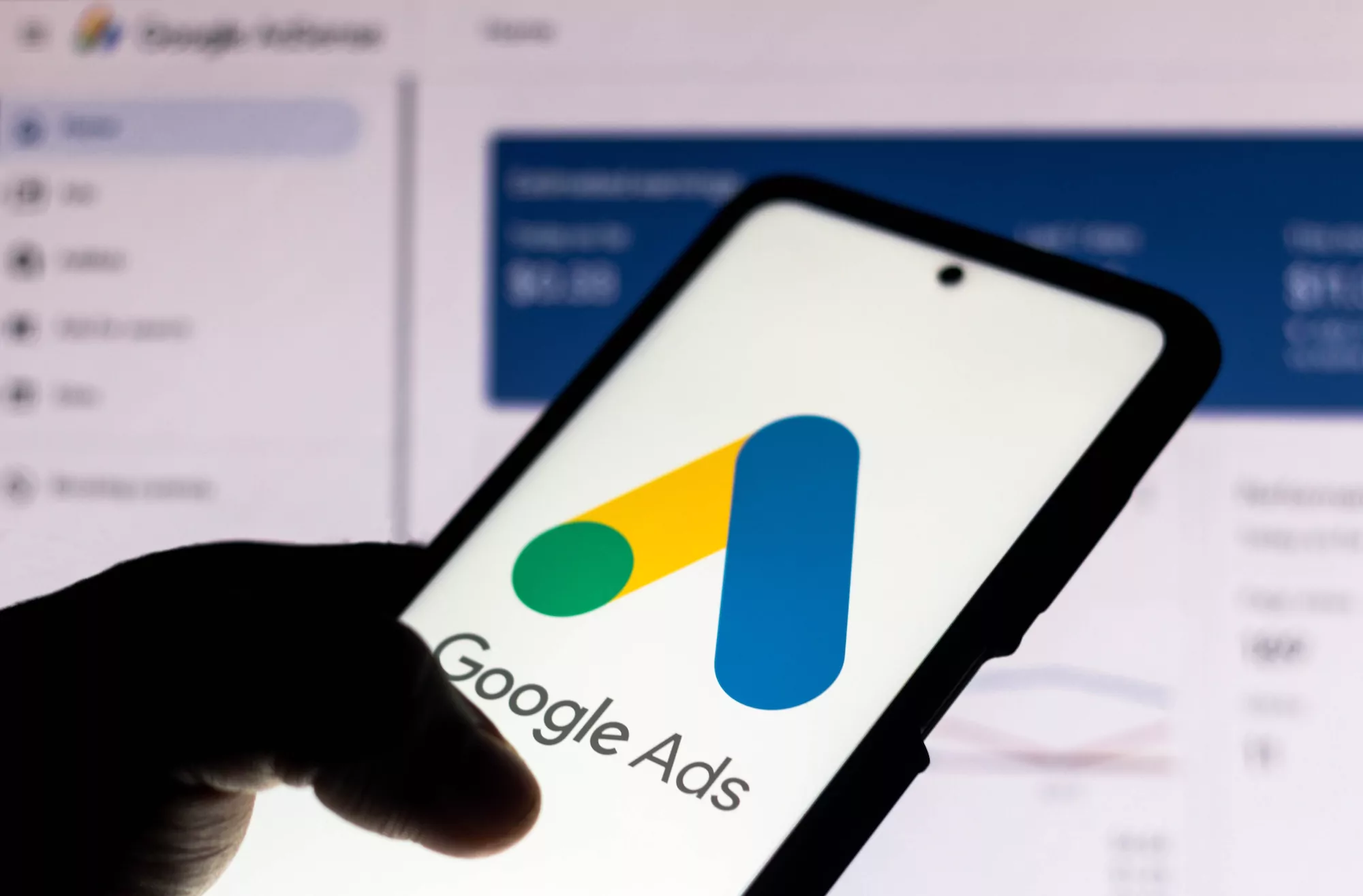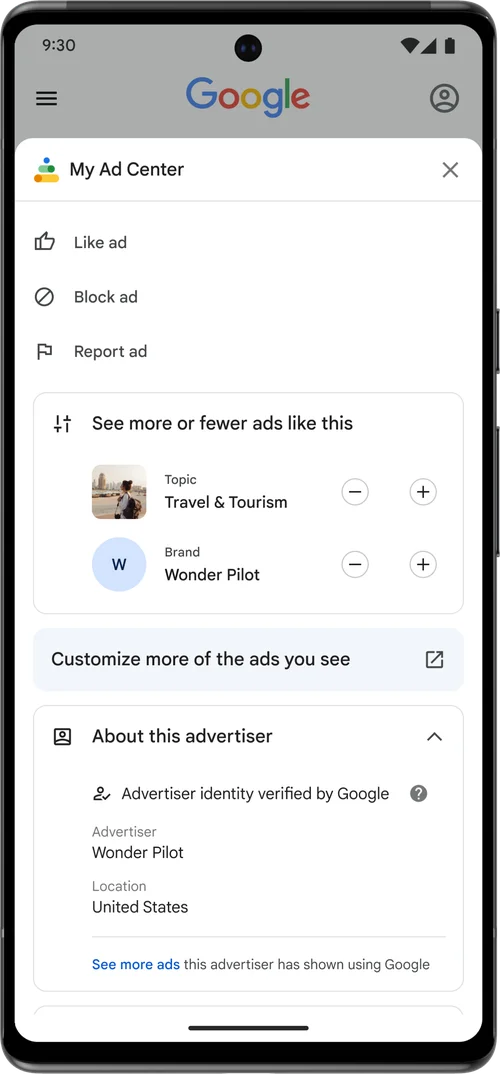Google-Ads
Google Ads is the name of Google’s pay-per-click (PPC) platform, which allows businesses to gain visibility across Google’s properties. The most common type of Google Ads ad is the search ad, which appears on the search engine results page (SERP) for searches relevant to the advertiser’s products and services—but businesses also use Google Ads to run display ads, shopping ads, YouTube ads, and more.

Through Google Ads, you pay only for actual, measurable results, such as website clicks and business calls. This structure is known as a pay-per-click (PPC) campaign. You can set a monthly Google Ads campaign ad-spend cap that Google will automatically follow, and you can choose to make your target audience global or local.
Types of Google Ads

1. Search Ads

4. Shopping ads

2. Display Ads

5. App ads

3. Google Video Ads

6. Smart campaigns
How do you set up a Google Ads campaign?

- 1. Log in to your Google Ads account.
- 2. Click Campaigns on the left-hand side.
- 3. Click the plus button.
- 4. Choose “New campaign.”.
- 5. Select your advertising objective.
- 6. Choose your conversion goals. You can add more than one goal by selecting “Add another goal,” or delete a goal using the delete button.
- 7. Choose a campaign type.
- 8. If applicable to your campaign, select a subtype.
- 9. Click Continue.
- 10. Decide your campaign settings, set up ad groups and create your ads.
Why Use Google Ads?
- 1. Immediate Visibility: Google Ads ensures that your advertisement gets seen promptly. Ads are displayed prominently based on factors like your bid amount and ad quality.
- 2. Flexibility: Google Ads provides a range of ad formats to suit different business needs. Whether you prefer to use text, images, or videos, there’s an ad format that will help you convey your message effectively.
- 3. Precise Targeting: Google Ads offers precise targeting options. You can focus your ads on a particular audience by choosing specific age groups, interests, or geographic areas.
- 4. Remarketing: Google Ads allows you to re-engage users who have previously visited your website but didn’t complete a desired action. Like making a purchase or signing up for a newsletter.
- 5. Cost-Effective: The primary pricing model of Google Ads is pay-per-click (PPC), where you’re charged when someone clicks on your ad. The platform also offers other pricing options like cost per thousand impressions (CPM) and cost per action (CPA).
- 6. Measurable Results: Google Ads comes with comprehensive performance reports. You can track various metrics, from the number of views and clicks your ad receives to the conversions it drives.
